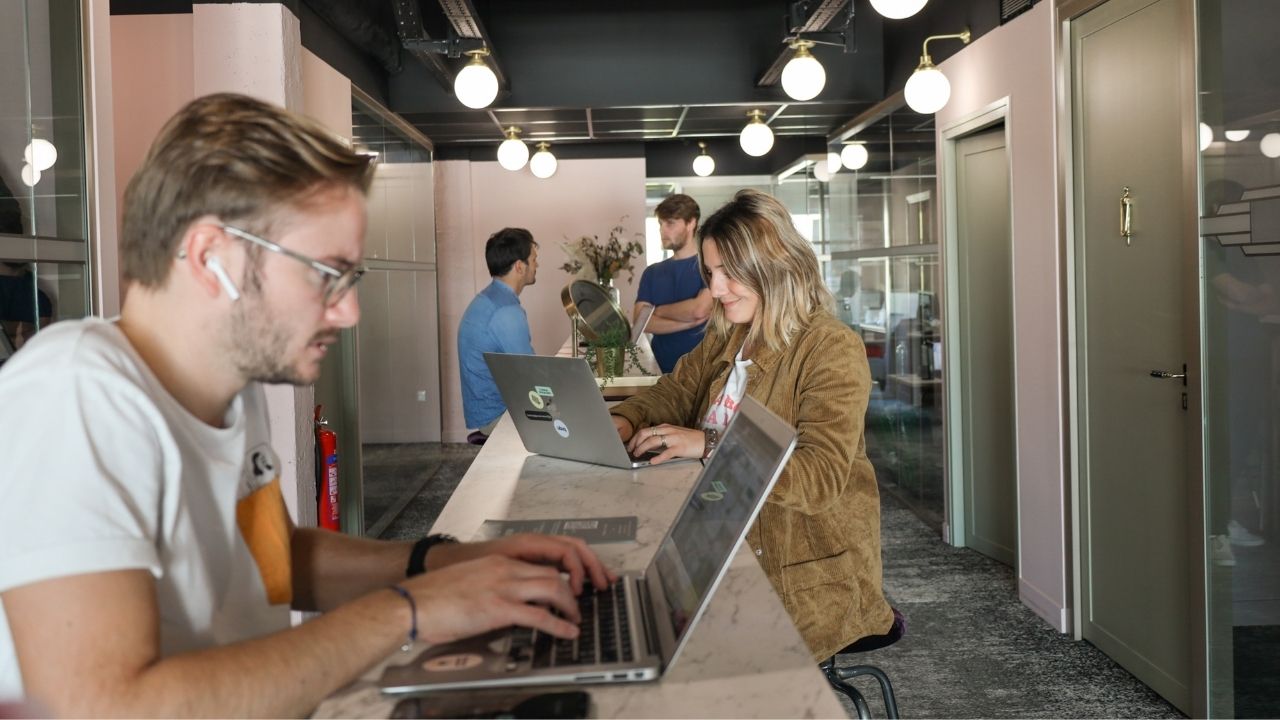The hub-and-spoke model has become one of the biggest trends to emerge from the pandemic.
However, similar to most aspects of the workplace, this model is evolving in ways many did not predict.
Instead of operating with a central office hub in larger cities and spoke offices in the suburbs, large companies are focused on revamping their existing prime locations and bringing employees back into the office.
Additionally, rather than leasing secondary spaces to serve as their spokes, companies are turning to flexible office providers to help fill out their network of workspaces.
In both scenarios, companies are able to cut down on their office space and still accommodate a distributed workforce.
“The spoke is work from home,” said Joanne Henderson, director of research for Colliers Australia. “We’ve not seen any move to uproot people outside the central business district.”
Regardless of their methods, businesses are pivoting to hybrid work models in droves, with research showing that adults are more than willing to leave their jobs if they are not offered flexibility.
“A lot of people want to drop into an office because they don’t want to work from home,” said Mark Dixon, CEO of IWG. “Many people have interruptions at home. Family, dogs, cats — we’ve seen it all during the pandemic.”


 Dr. Gleb Tsipursky – The Office Whisperer
Dr. Gleb Tsipursky – The Office Whisperer Nirit Cohen – WorkFutures
Nirit Cohen – WorkFutures Angela Howard – Culture Expert
Angela Howard – Culture Expert Drew Jones – Design & Innovation
Drew Jones – Design & Innovation Jonathan Price – CRE & Flex Expert
Jonathan Price – CRE & Flex Expert













